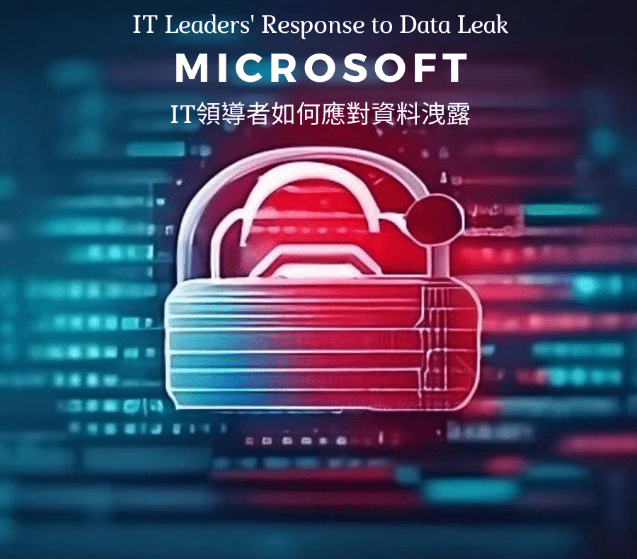Introduction:
In today’s digital landscape, cybersecurity breaches continue to pose significant challenges for organizations worldwide. One notable incident that caught the attention of IT leaders and cybersecurity professionals was Microsoft’s 38TB leak. This massive data breach raised concerns about cloud security and the importance of robust cybersecurity measures. In this blog post, we will explore the implications of the leak and discuss how IT leaders can respond effectively to such incidents.
Understanding the Microsoft 38TB Leak:
The Microsoft 38TB leak unveiled a substantial amount of private company data due to an AI team’s mistake in the Azure cloud service. The leaked data included full backups of employee computers, passwords to Microsoft services, secret keys, and internal Microsoft Teams messages. The breach occurred when training data containing open-source code and AI models were uploaded, allowing unauthorized access by GitHub users through Azure’s SAS tokens.
Lessons for IT Leaders:
Strengthen Cloud Security: The Microsoft leak highlights the critical importance of implementing robust security measures in cloud environments. IT leaders should prioritize secure configurations, access controls, and encryption to safeguard sensitive data.
Educate Employees: This incident serves as a reminder that employees play a crucial role in maintaining cybersecurity. IT leaders should invest in comprehensive training programs to educate employees about potential security risks, the importance of data protection, and best practices for using cloud services securely.
Implement Least Privilege Principle: Adopting the principle of least privilege ensures that employees have only the necessary access rights to perform their job functions. By limiting access privileges, organizations can minimize the potential damage caused by insider threats or compromised accounts.
Regular Security Audits: IT leaders should conduct regular security audits and assessments to identify vulnerabilities and weaknesses in their systems. These audits can help identify potential areas of improvement and strengthen the overall cybersecurity posture.
Incident Response Planning: Organizations should have a well-defined incident response plan in place to effectively handle cybersecurity breaches. IT leaders should establish a dedicated team, define roles and responsibilities, and establish communication channels to respond promptly and mitigate the impact of a breach.
Collaboration and Information Sharing: IT leaders should actively engage in collaboration and information sharing with industry peers, cybersecurity experts, and relevant authorities. By sharing insights and experiences, organizations can collectively enhance their cybersecurity practices and stay informed about emerging threats.
Conclusion:
The Microsoft 38TB leak serves as a wake-up call for IT leaders to prioritize cybersecurity and strengthen their defenses against potential breaches. By implementing robust security measures, educating employees, and adopting proactive strategies, organizations can minimize the risk of similar incidents in the future. Cybersecurity should remain a top priority for IT leaders, as the evolving threat landscape requires constant vigilance and adaptation. Through proactive measures and a strong cybersecurity mindset, organizations can effectively protect their sensitive data and maintain the trust of their stakeholders.
Disclaimer:
The content of this blog is for informational purposes only and should not be considered as professional advice. We strive to provide accurate and reliable information, but we make no warranties regarding its completeness, accuracy, reliability, or suitability.Any actions taken based on the information in this blog are at your own risk. Please consult professionals or seek appropriate advice before making any decisions.The content may change over time, and we reserve the right to modify or delete it.The views expressed in this blog are those of the author and do not necessarily reflect our views.Please independently verify any information and make decisions based on your own judgment.For specific concerns, consult professionals or seek appropriate advice.
#MicrosoftDataLeak #CybersecurityBreaches #CloudSecurity #ITLeadership #DataProtection #CyberResilience #IncidentResponse #SecurityAudits #LeastPrivilege #CollaborationInCybersecurity #DataPrivacy #InformationSecurity #CybersecurityAwareness #CloudSecurityBestPractices #ITSecurity #DataBreachResponse #CybersecurityStrategy #DataProtectionMeasures #ITInfrastructure #DataSecurity #CyberThreats #ITRiskManagement #SecureCloudEnvironments




